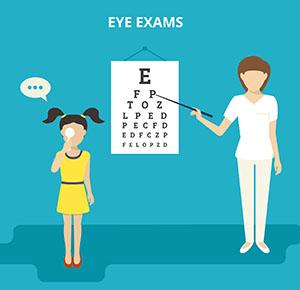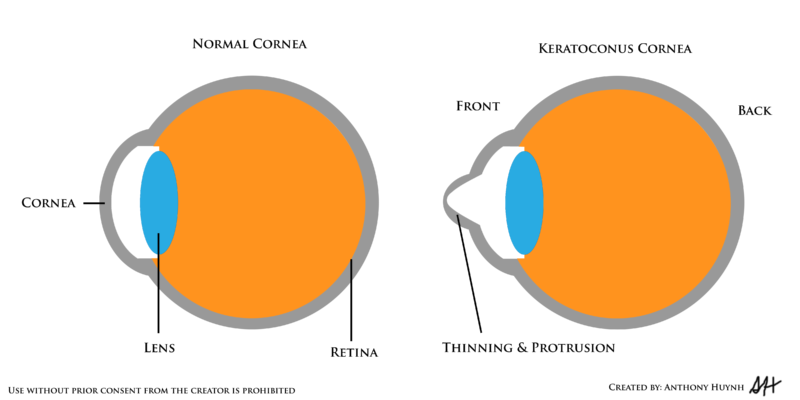
Specialty Contact Lenses Orlando & Kissimmee, FL
Diseases of the front of the eye are most often due to corneal diseases. The most common corneal conditions are acquired and caused by keratoconus, corneal ectasia (thinning), pellucid marginal degeneration, keratoglobus, cornea trauma (abrasion, ulcer), corneal transplants, radial keratotomy (RK) and others.
Due to the non-symmetrical shape of the cornea, when light touches the cornea it is focused at multiple points on the retina. This scattering of light causes an abundance of problems including: poor distance & near vision, fluctuating vision, glare and halos / haloes at night, poor night & dim vision, headaches, migraines, light sensitivity and more.
Specialty contact lenses, such as rigid gas permeable (rgp) or simply gas permable (gp) lenses uses fluid to correct the non-symmetrical cornea and provide very sharp vision! There are different forms of GP lenses, the 2 most common are: corneal and scleral.
Many of my patients prefer a scleral GP lens over a corneal GP lens for the comfort and stability of vision. Specialty contact lenses are custom made to each patient’s eyes and as such many patients average 2-3 lenses before we have a good fit.
The Science
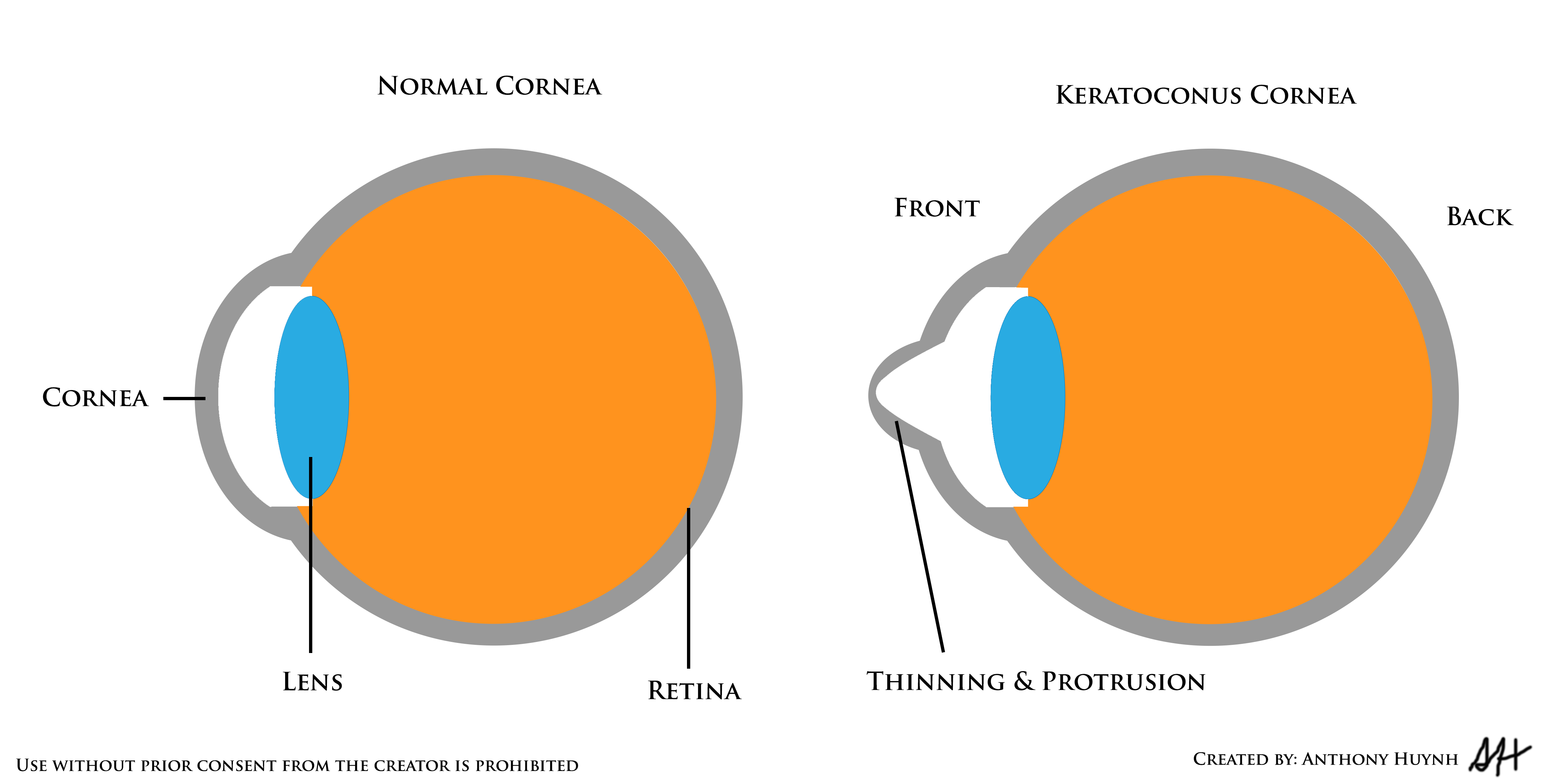
Diagram of the corneal change that occurs with keratoconus
The picture on the left shows a normal cornea. The normal cornea has a round symmetrical curve. The picture on the right shows a keratoconus cornea. Keratoconus is a thinning and protruding of the cornea. The “cone” part prevents patients from obtaining “good” vision or near normal vision (20/40 or better). A keratoconus patient will also have poor or blind distance vision, fluctuating vision, poor near vision and severe glare and halos at night.
The most common finding I am seeing with patients is severe eye rubbing. This may be due to allergies, dry eye syndrome or eye strain. The common patient presents to my office complaining of blurry, itchy, dry, irritated and tired eyes.
Keratoconus
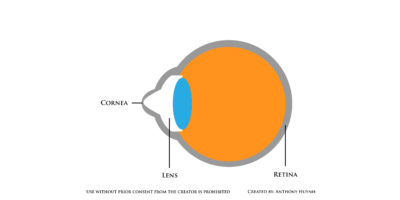
Keratoconus thinning. Thinning of other corneal conditions such as Pellucid’s marginal degeneration may also occur.
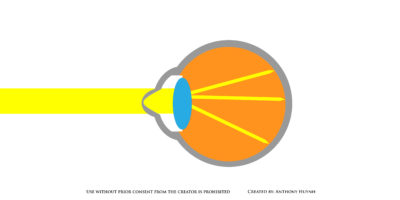
Light scattering is caused by the uneven cornea. This may also occur from any condition that affects the cornea, including but not limited to Pellucid’s marginal degeneration, cornea ectasia and scarring.
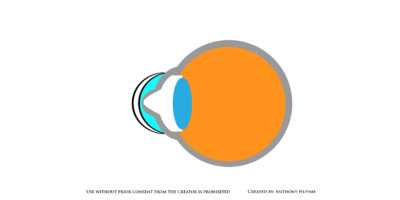
A scleral contact lens is an individualized rigid gas permeable contact lens that is designed to sit on the “white” part of your eye (sclera / conjunctiva). This allows the best comfort, with stable non-fluctuating vision. The fluid layer corrects the difference of even & uneven cornea, and the scleral lens acts as an artificial cornea.
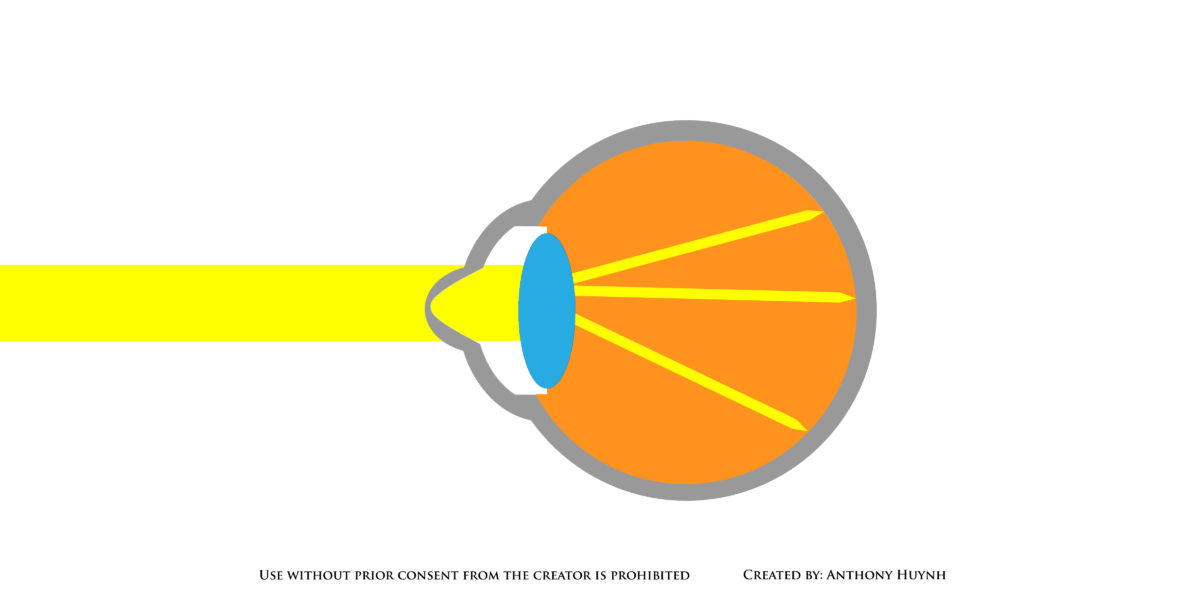
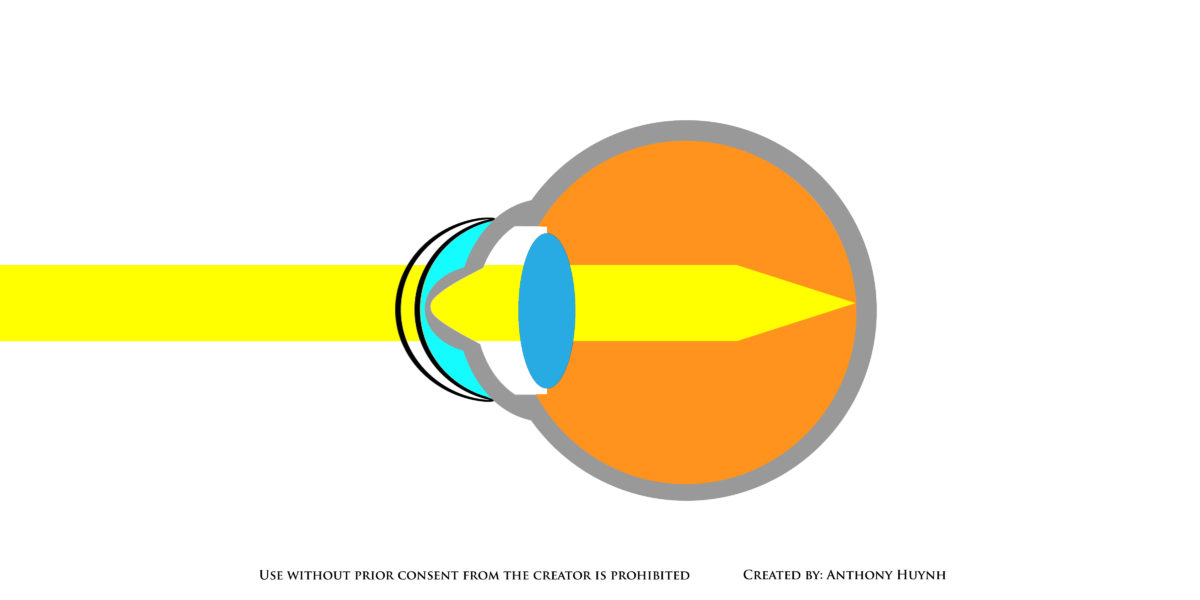
If you would like to learn more about Specialty Contact Lenses and the difference it can make on your quality of life, call (407) 930-5566 to schedule a consultation.
Catch the signs early on
Parents who bring their child in for eye examination early in life will be able to help identify any vision issues. People may not realize that the eyes rely on muscles and the level of vision will change as the child ages. Since the child’s eyes are still in development at a young age, vision can change over time. We recommend that children, 5-years-old and up, have regular eye exams and screenings to ensure that their vision is aging properly. There are multiple signs that a child is having difficulty seeing that include:- Squinting to see at distances
- Having difficulty seeing the board from the back of the classroom
- Frequent headaches
- Constantly rubbing the eyes
- Extreme sensitivity to light
- Poor focus and visual tracking
- Chronic redness or tearing of the eyes
- Difficulty reading
- Sitting too close to the TV

